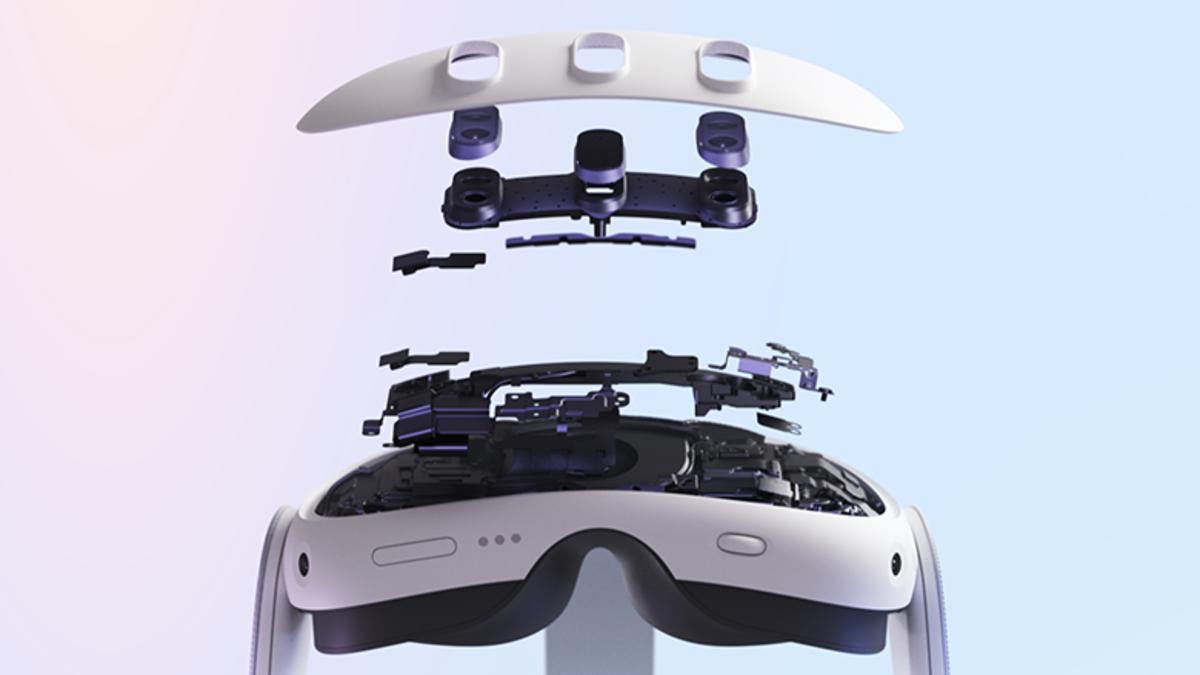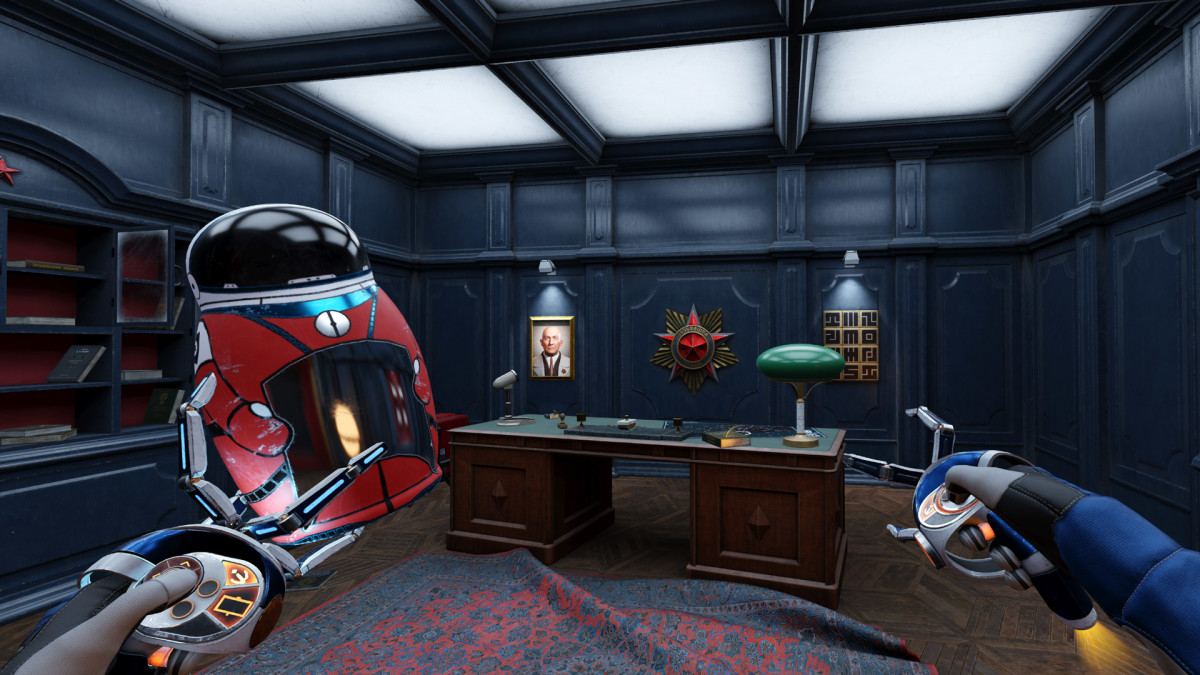Meta Quest 3 review: a true generational leap forward

I love playing games in VR, but it’s a hassle, isn’t it? PSVR2 was a huge step forward for Sony since it required a single wire instead of an array of cables stuck to your head, making you look and feel like one of the battery humans in The Matrix. But still, one wire is one wire. It’s still an umbilical cord anchoring you to the real world, reminding you that you have a massive headset strapped to your face.
The Quest 2 solved this at the cost of losing the visual sharpness of a tethered VR set. The Meta Quest 3 is a huge jump – games look almost as sharp as they do with a premium tethered set.
The first thing that strikes you is the pass-through. Powered by six outward-facing cameras, it allows you to see your surroundings in full color. You can – just about – read your phone screen without taking the headset off, and it can track your hand movements, allowing you to type or play a virtual keyboard. It’s still a bit blurry, but it’s a huge step up from the corner shop CCTV camera of the Quest 2.

When you set your boundary – essentially your playspace – you just look around your room and the camera picks up any objects and blockers with surprising accuracy.
Mixed reality is a big focus for Quest 3, but at launch, there are few apps to show it off. It’s nice to have the option, but its success is going to come down to support. Still, at least there are plenty of VR games.
One of the first games I played was Red Matter 2, a sci-fi puzzle game that’s been upgraded with 4K textures for Quest 3. The Quest 3 features dual 2064x2208 LCD displays with 30% more pixel density than the Quest 2. I was gobsmacked by how sharp it looks compared to the potato faces of games such as Peaky Blinders: The King’s Ransom, which presumably hasn’t had an upgrade to take advantage of the new tech. Seeing Red Matter after playing that was like jumping from the PS3 to the PS4.
Of course, you can always hook the Quest 3 up to your PC with a wire and boost its graphics capability, allowing you to play games such as Half-Life Alyx and Microsoft Flight Simulator on Steam, assuming you have a capable PC. It’d be nice if Meta lands some of these killer apps to play untethered, but I have no idea how possible that even is.

The headset itself feels far less bulky and more comfortable than its predecessor, and you can bring the screens close to your eyes or take it further out if you wear glasses. There’s also a rotary dial on the underside to adjust IPD, allowing you to tweak the set for the spacing of your eyes.
One of the issues with VR technology is discomfort, but you can easily sit in the Quest 3 until its battery drains, which happens to be about three hours into an intensive gaming session. To be honest, three hours is plenty of time to spend in VR anyway, and while I haven’t tested it, I imagine it’d last longer for less intensive apps, such as creating art or messaging friends on WhatsApp (someone probably does this).
Another advantage of the comfort is that the Quest 3 is a viable fitness device now. Coupled with the fact you’re free to move around, you could easily spend an hour working out on Beat Saber or one of the many fitness apps available on the device. Whether you want to bang drums and pretend to be a Viking in Ragnarock or you want to channel John Wick in Pistol Whip, there are plenty of games and apps to help you get a sweat on. Maybe buy the optional silicone face pad though, eh? That default one gets damp.
Audio is pumped out of the arms on the side of the unit, and the speakers are fairly decent, giving you a good sense of where sounds originate from in 3D space. They won’t satisfy audiophiles, but they’re fine for people with normal ears.
The Quest 3 will be the VR headset I use going forward. It’s easy to charge up with a USB-C cable and stick it on your face for a few rounds of whatever game you’re currently obsessed with. It’s one of the most comfortable headsets I’ve used, and you don’t sacrifice much image quality despite being completely untethered. While game consoles have started seeing dwindling returns between generations, VR is clearly where we’re going to see these huge generational leaps between devices. If Quest 3 is any indication of those leaps, we’re in for an exciting future in VR.
The Arena Media Brands, LLC and its partners may receive compensation for links to products and services on this website.
You can buy the Meta Quest 3 on Amazon.
